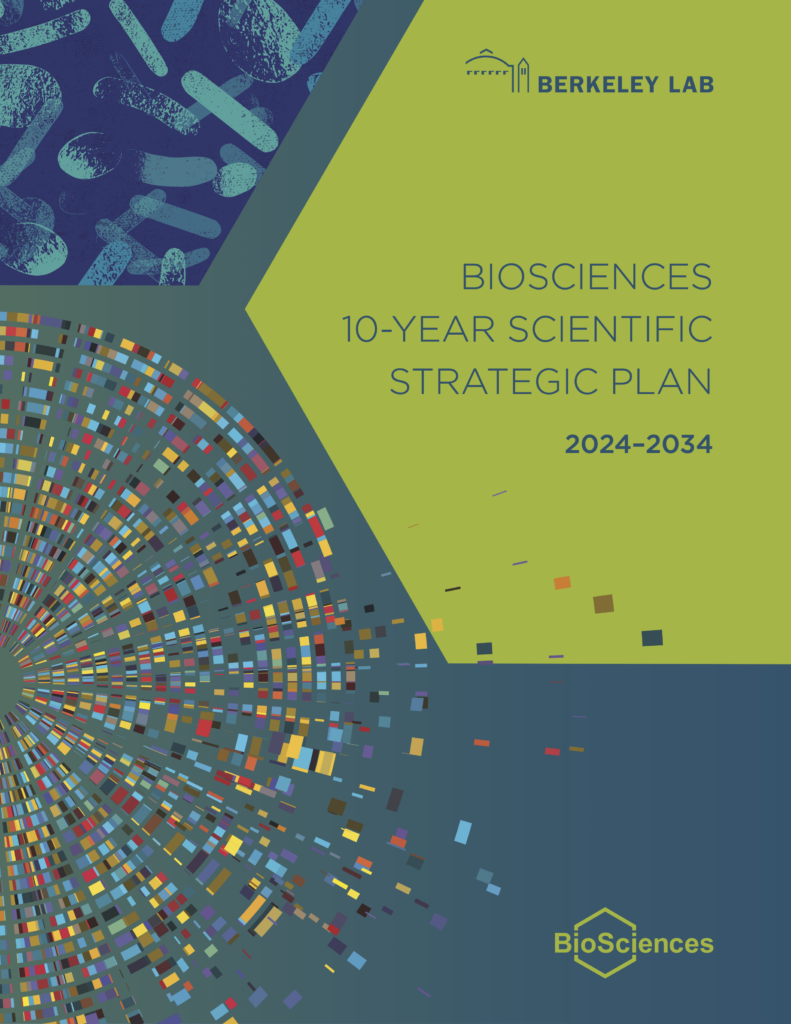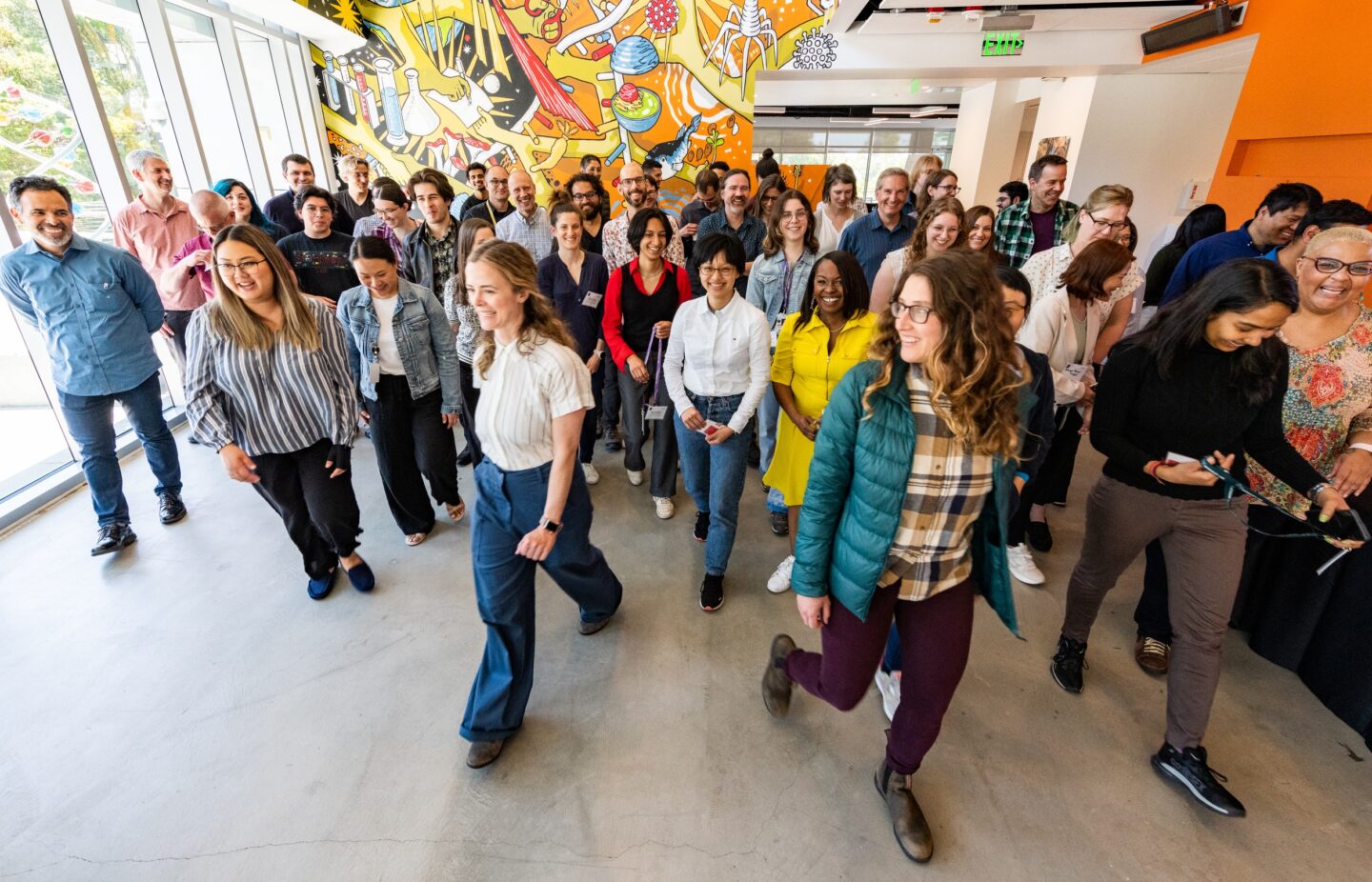Associate Laboratory Director for Biosciences Paul Adams has announced the release of the Biosciences 10-year Scientific Strategic Plan, which envisions the future of technology development, biological research, and organizational stewardship for the Area. The strategic planning process was coordinated by Katy Christiansen, Area Deputy for Science and Head of the Strategic Programs Development Group (SPDG).

The Area came together across its three scientific Divisions and the DOE Joint Genome Institute (JGI)—as well as disciplines and roles—to share ideas, collaborate, and develop the plan. The process was inclusive, with the invitation to participate extended to the Area’s nearly one thousand employees. It kicked off last fall with hundreds of staff responding to an Area-wide survey and continued over the course of the winter and spring with more than 100 contributors participating in workshops. The plan building process was facilitated by Christiansen and SPDG program developer Lauren Jabusch.
The Biosciences Strategic Plan represents short- and long-term goals to transform biological research with technological innovations in data and computing, omics and gene editing tools, hardware to support biology, and integrating technologies. These foci are applied to Area research strategies in energy, environment, and human health. For the first time, the strategic plan describes organizational stewardship goals to invest in people and manage Area resources.
Guided by this plan, Biosciences’ efforts will focus on developing these scientific initiatives:
- Technologies that measure, predict, and use biological systems to accelerate solutions to energy, environment, and health challenges. Advancing data science and computing for biology and growing next-generation omics and gene-editing tools, and accelerating experimentation by integrating technologies will enable complex systems like self-driving labs.
- Renewable, sustainable, and accessible energy, chemicals, and materials through biology to enable decarbonization, a robust bioeconomy, and energy independence. Work on a fundamental level to enable novel bioproducts, optimize bioconversion of diverse feedstocks, and discover fundamentals in photosynthesis will help reduce the effects of climate change, create biomanufacturing jobs, and accelerate the circular bioeconomy.
- Understand environmental biology fundamentals and apply findings for ecosystem adaptability and resilience. Uncovering molecular foundations for predictive ecology, building models to bridge the gap between lab and natural systems, and accelerating environmental solutions with biology will enable more environmentally sustainable crop management and a deeper understanding of nutrient and carbon cycle cycling.
- Ways to improve human health and detect adverse health conditions caused by environmental factors and existing and emerging illnesses. Efforts to fuel the foundational scientific discovery pipeline will help ensure national preparedness against pandemics and expedite health solutions and resilience.
Biosciences’ staff in scientific, technical, and operations roles will continue to come together to advance these objectives. The Area will prioritize physical and psychological safety in the workplace and place an emphasis on cultivating a growth-oriented culture. It will also focus on expanding opportunities for future and current employees, and wisely managing resources—both expertise and physical—to the benefit of all people in the Area.
Read more about the plan on our Biosciences Area Strategy page.




